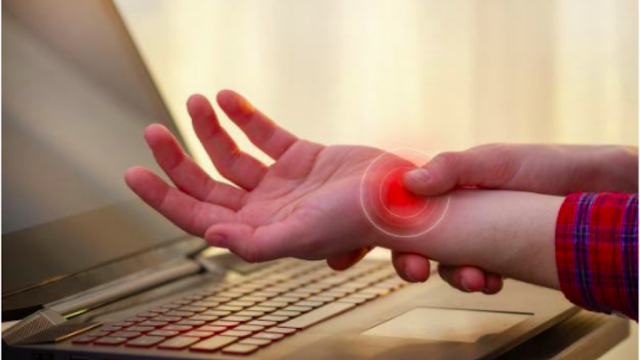Knee Pain - Causes and Treatments
Image Source: Total Orthocare
One of the most important joints in your body is your knees. These hinge joints provide us with the ability to walk and run of course the major role is played by our hip joint nonetheless. Still caring for our knees is important. These hinge joints offer us to do the bending and straightening movements while walking or running. Our knees consist of two major bones - Femur (hip to knee) and Tibia (knee to foot) along with the major ligaments that connect them and the cartilage that provides lubrication and avoids friction between these two bones.
Being active is the best thing that you can do for your body, however, sometimes injuries happen while being active and often they involve our knees. It often happens that due to underlying reasons we feel pain in our knees. A few of the most common problems are sprains in the ligaments, meniscus tears, inflammation in the tendons, or even an untreated old knee injury. Other major causes include arthritis, gout and infections. Most of the common and minor knee injuries are often cured by self-care measures while some require expert medical attention. The symptoms can be swelling, mild or excruciating pain, weakness or instability, popping or crunching noises, stiffness or even inability to fully straighten the knee. Sometimes the pain flares up for sometime and then dies. The treatments will be different based on the conditions.
Several other things, but not limited to the following can also cause knee pain:
> Bursitis: A bursa is a sac that holds a small amount of fluid that’s under the skin above your joint. Overuse, falls, or repeated bending and kneeling can irritate the bursa on top of your kneecap. That leads to pain and swelling.
> Dislocated kneecap: This means that your kneecap slides out of position, causing knee pain and swelling.
> Meniscal tear: Sometimes, a knee injury can cause cartilage to rip. These rough edges can get stuck in the joint, which causes pain and swelling.
> Osteoarthritis: This is the “wear and tear” type of arthritis. It’s a top cause of knee pain after age 50. This condition causes the knee joint to ache or swell when you’re active. Joints affected by osteoarthritis can also be stiff early in the day.
> Patellofemoral pain syndrome: Muscle imbalance, tightness, and alignment problems of the legs usually cause this condition.
Obviously, it hurts! But the type of pain and where you feel it can vary, depending on what the problem is. If you have any of the above mentioned symptoms, see your doctor. He will check your knee. You may also need X-rays or an MRI to see more detail of the joint. For some mild to moderate issues these self-care treatments can help:
> Rest your knee. Take a few days off from intense activity.
> Ice it to reduce pain and swelling. Do it for 15 to 20 minutes every 3 to 4 hours. Keep doing it for 2 to 3 days or until the pain is gone.
> Compress your knee. Use an elastic bandage, straps, or sleeves to wrap the joint. It will keep down swelling or add support.
> Elevate your knee with a pillow under your heel when you're sitting or lying down to cut down on swelling.
> Take anti-inflammatory medications. Nonsteroidal anti-inflammatory drugs (NSAIDs) such as ibuprofen or naproxen will help with pain and swelling. Follow the instructions on the label. These drugs can have side effects, so you should only use them now and then unless your doctor says otherwise.
> Practice stretching and strengthening exercises if your doctor recommends them. You may want to do physical therapy, too.
Although you can’t prevent all injuries, you can take these steps to make them less likely.
> Stop exercising if you feel pain in your knee.
> If you want to make your workout more intense, always do it gradually.
> Stretch your legs before and after physical activity.
> Use knee pads to prevent bursitis, especially if you have to kneel a lot.
> Wear shoes that fit well and offer enough support.
> Keep your thigh muscles strong with regular stretching and strengthening.
> If you’re overweight, work to drop some pounds so there’s less stress on all of your joints, including your knees.


Comments
Post a Comment